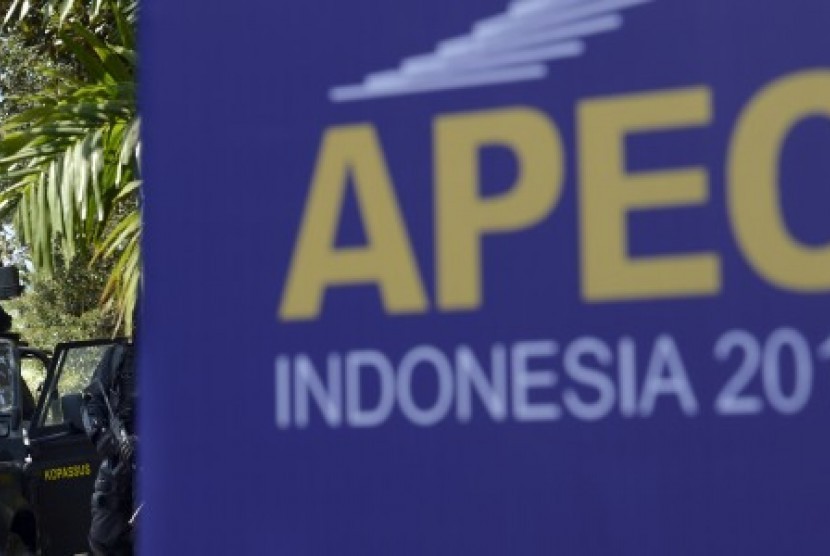REPUBLIKA.CO.ID, JAKARTA -- APEC member economies are drawing up a new regional connectivity blueprint to bring diverse markets, businesses and people closer together to facilitate trade and investment for delivering greater long-term growth across the Asia-Pacific. China’s APEC Senior Official, Tan Jian said that the connectivity blueprint was a major deliverable of APEC 2014.
“The blueprint will guide our cross-cutting efforts to promote regional economic integration and encourage growth in the economy. It will also help us better understand where gaps lie and how best to address them," Tan said.
Emphasis is currently on the stocktaking of initiatives underway within and between APEC economies to address the region’s changing physical infrastructure needs and deeper institutional and people-to-people linkages. Inputs are also being gathered from regional and global organizations on what can be done to strengthen the implementation of these cross-cutting initiatives.
Together, APEC economies are striving to achieve 10 percent improvement in supply chain performance by 2015, based on time, cost and uncertainty. The further simplification of customs and immigration procedures, harmonization of industry regulations and standards, and cutting of administrative costs for things like permits and shipping containers are moving this process along.
An APEC Multi-Year Plan on Infrastructure Development and Investment, to be implemented through 2016, is also breaking ground. Focus areas include the showcasing of public-private partnership infrastructure projects, recommendations for bankable PPP delivery, including legal and regulatory enhancements, and the establishment of new PPP centers to promote these arrangements.
According to APEC Secretariat Executive Director, Aland Bollard, the integrated world we operate in today means that infrastructure in one economy, whether it be roads, ports and airports, or something like energy and information technology systems is part of a much larger whole.
“It’s important that gaps between diverse economies be addressed to keep everyone moving in a positive direction and maximize new trade opportunities," Bollard said.
The development of an APEC connectivity blueprint is proving to be a real eye opener in terms of identifying the scope of the region’s human capital requirements and how much further we need to go to facilitate trade flows and value-adding economic activity. It lays the groundwork to drive cross-border education and skills training, for example, and promotes greater productivity and innovation that will bring growth up to more desired levels.


